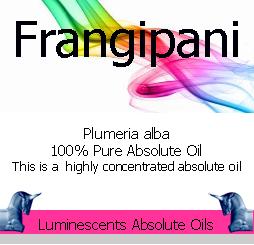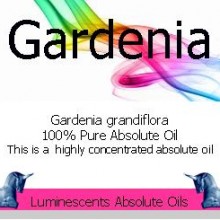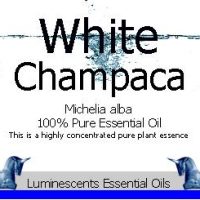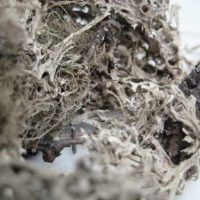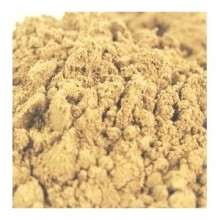Frangipani, from which Frangipani Absolute Oil is extracted, is also known as Plumeria, and is related to the Oleander, (Nerium oleander), and both possess poisonous, milky sap, rather similar to that of Euphorbia. Contact with the sap may irritate eyes and skin. Each of the separate species of Plumeria bears differently shaped alternate leaves and their form and growth habits are also distinct. The leaves of Plumeria alba are quite narrow and corrugated, while leaves of Plumeria pudica have an elongated oak shape and glossy, dark green colour. Plumeria pudica is one of the everblooming types with non-deciduous, evergreen leaves. Another species that retains leaves and flowers in winter is Plumeria obtusa; though its common name is “Singapore,” it is originally from Colombia.
Plumeria flowers are most fragrant at night in order to lure sphinx moths to pollinate them. The flowers have no nectar, and simply dupe their pollinators. The moths inadvertently pollinate them by transferring pollen from flower to flower in their fruitless search for the non existant nectar.
Traditional Uses for Frangipani Absolute Oil:-
The oil is almost exclusively in the perfume industry
Frangipani Absolute Oil Blends Well with:-
Other Floral oils like Champaka, Cassie, Rose, Geranium and Cedarwood Himalayan or Fir.

